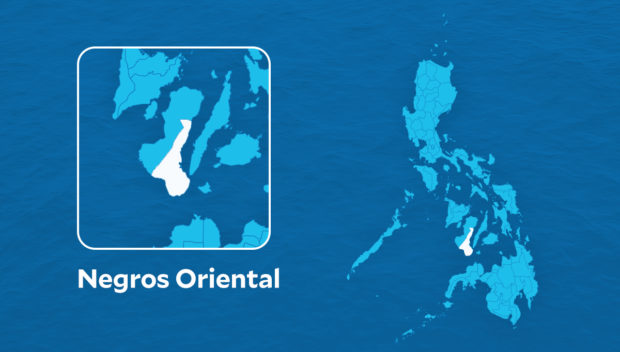
Negros Oriental. INQUIRER FILES
DUMAGUETE CITY — As the drought in Negros Oriental persists, an agriculture expert pushed for the planting and consumption of other sources of carbohydrates to mitigate the effects of El Nino.
Jose Paolo Echavez said rice needs exceedingly large amounts of water but other crops like sweet potato and cassava, among others, could be good sources of carbohydrates.
“With the increasing temperatures, I strongly push for a diversification of our diets, adopting less conventional, more primitive and healthier options for nutrition,” he told the Inquirer.
The Negros Oriental Provincial Agriculture Technology Coordinating Office (Patco) reported that more than P80 million in farm products in the province were destroyed due to the extreme heat.
READ: Drought gripping Negros Occidental, says Pagasa
Most of the affected crops were rice and corn.
From December 2023 to March 2024, at least 3,048 farmers tilling 1,650.70 hectares of land were affected.
At least 672.52 hectares no longer had a chance to recover considering that the drought season was expected to run until May this year, Patco said.
Echavez said palay and corn demand water heavily and that the inconsistent supply of water during dry season would make the recovery very difficult.
READ: El Niño agri damage breaches P941 million
“Inconsistent water will undeniably cause loss that is undoable regardless of how water is recovered and administered post key crop growth stages,” he said.
“With regard to the general loss of agricultural value, recovery is extremely difficult. Lack of water makes fertilizers and other inputs useless so what is spent is more or less as good as lost. Water problems must always be dealt with proactively. Hence, farmers almost never take risks to plant in the dry season” Echavez added.
He said climate played a vital role in agricultural areas in the country and that it is the key to “ensuring agricultural sustainability and its productivity.”
“I hope that Philippine agriculture shifts more toward self-sustenance and less reliance on importation and exports as an industry. We have the land and potential to be truly food secure,” he added.
The Philippine Atmospheric, Geophysical and Astronomical Services Administration (Pagasa) has projected that El Niño would continue until May or June.